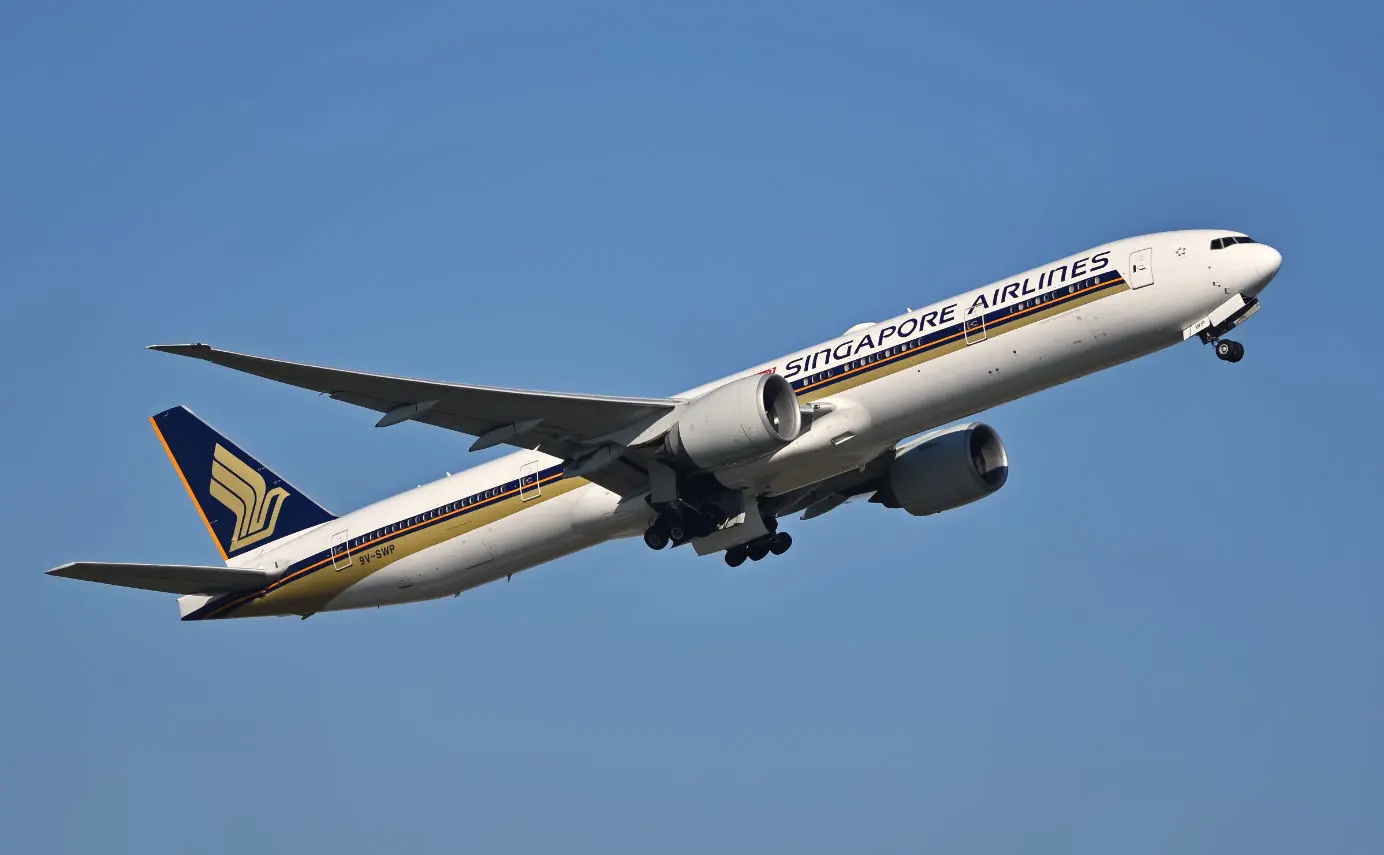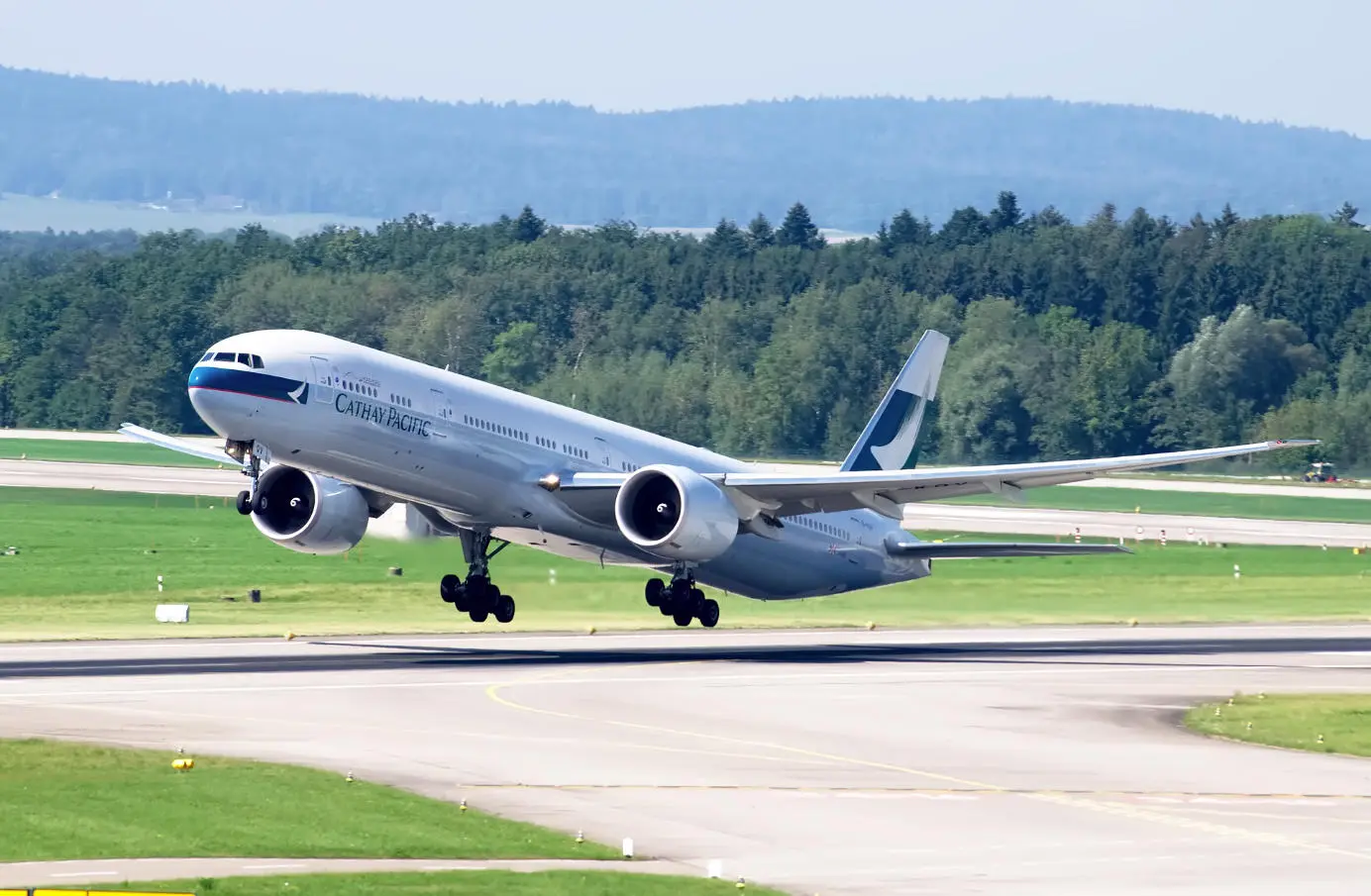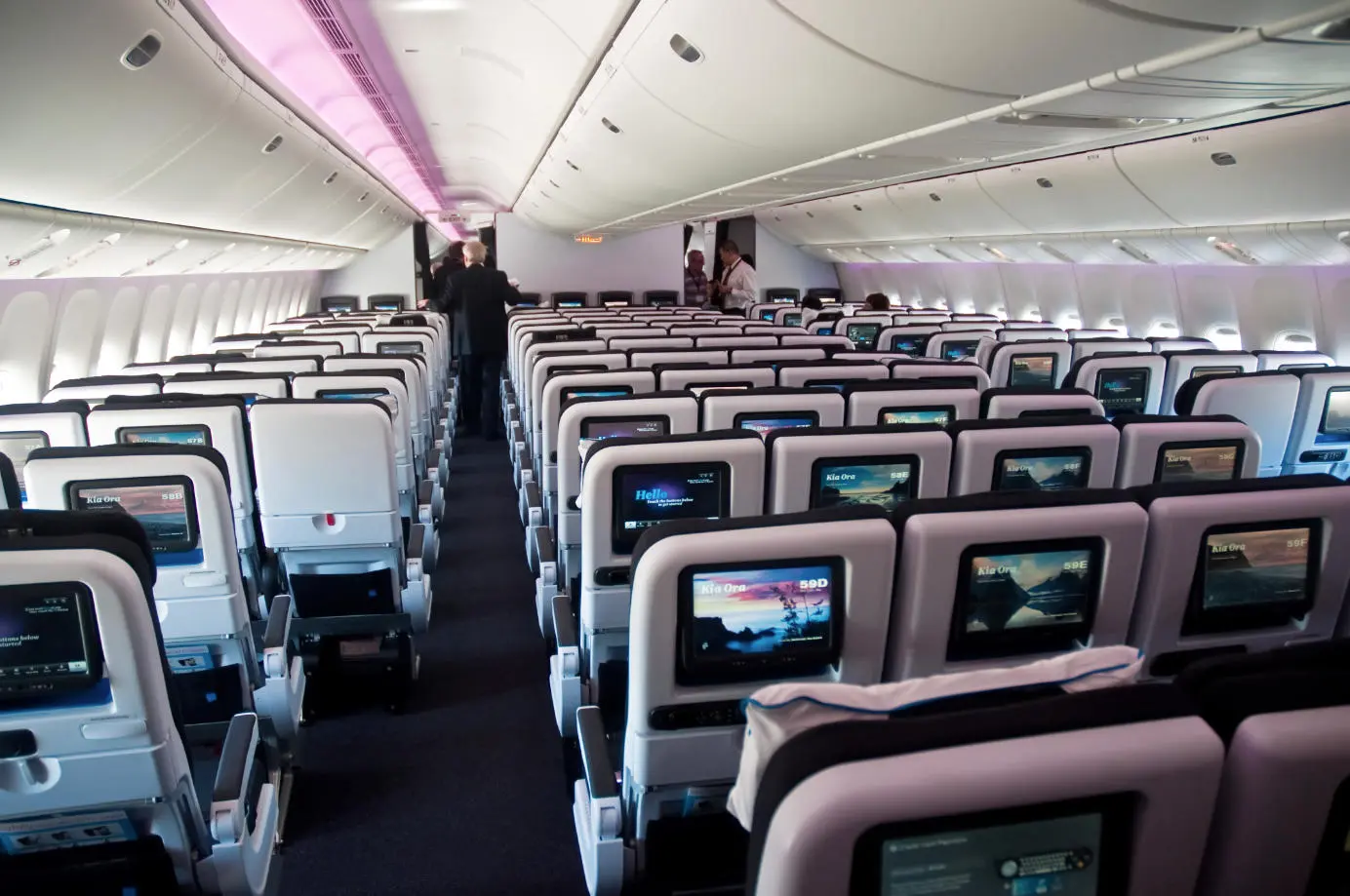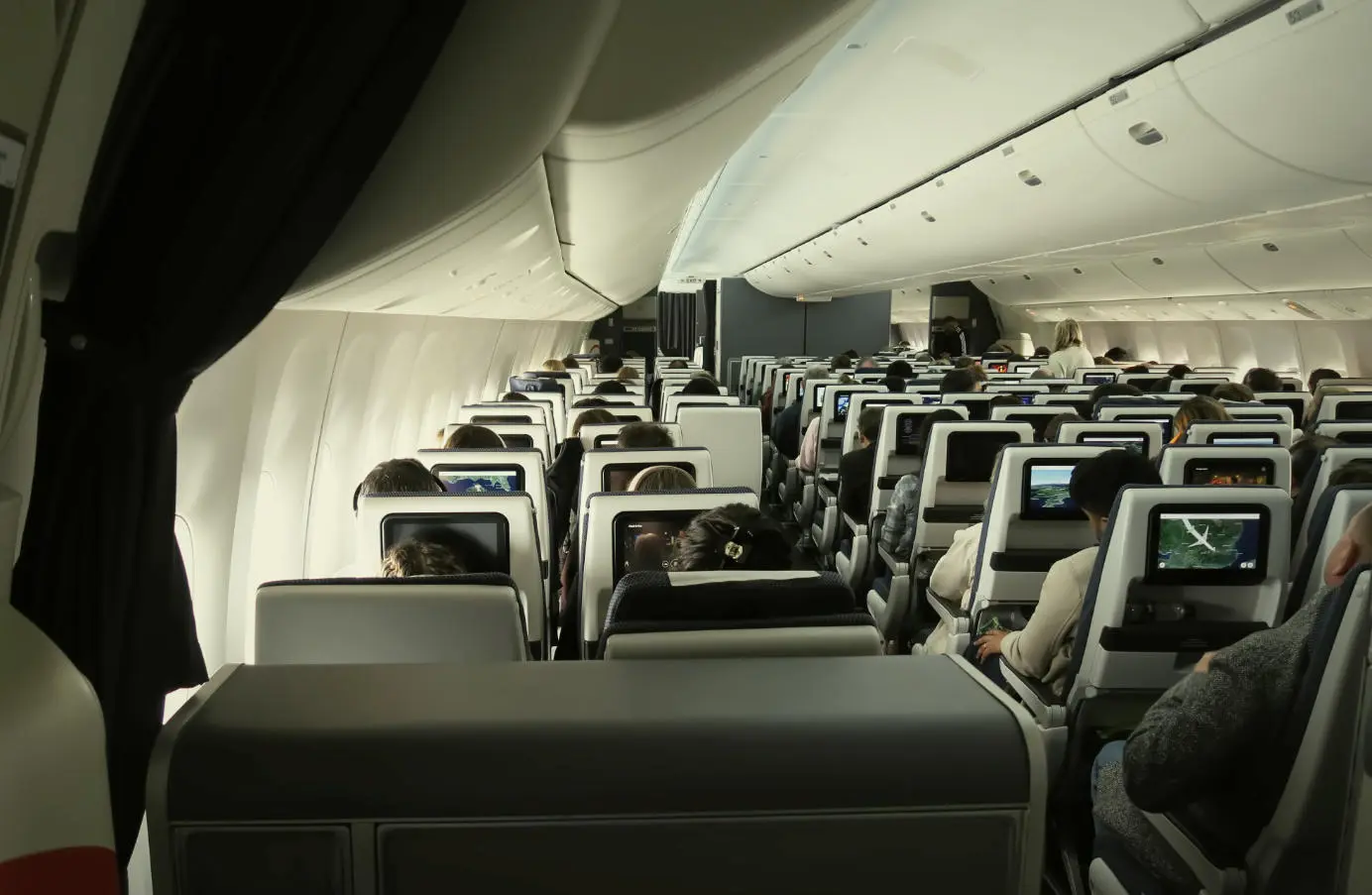
The Passenger Capacity of the Boeing 777
How many passengers can airlines carry on a Boeing 777? See how many people this popular twin-engine airliner can carry.
Table of Contents
There are currently 5 passenger-carrying versions of the Boeing 777 jetliner. But, how many passengers can fit on board?
The 777 models can carry between 312-388 passengers on board, with the capability of a 3-class setup. These figures vary depending on the cabin configuration. With a range of between 6,027 miles (9,700 km), and 10,048 miles (16,170 km), the Boeing 777 is capable of completing Trans-Atlantic flights with ease.
Keep reading to learn more about each Boeing 777 airplane in this class and how airlines use the wide cabin space.
Boeing 777 Overview
Boeing launched the 777 family back in 1994, and it is still going strong today. Currently, the line comprises 5 different passenger-carrying airplanes, as well as one freighter model for cargo.
The whole aim of creating the 777 aircraft was to provide a comfortable long-haul experience, with a mid-sized plane capable of being able to make non-stop flights without the need to stop at hub airports. It complements Boeing's product lineup, where, for example, the short to medium-haul Boeing 737 can carry fewer passengers.

The Passenger Capacity of Boeing 777
Boeing 777-200
The 777-200 model carries the least amount of passengers out of the 777-class airplanes. It accommodates 312 people on-board and has a maximum range of 6,027 miles (9,700 km), which is also the shortest flight range in the family.
Boeing 777-300
Carrying the most people out of the standard 777-class planes, the passenger capacity of Boeing 777-300 (in a normal cabin layout) sits at 388. Its flight range is also considerably improved from the 777-200, being able to cover 6,9378 miles(11,165 km).
Boeing 777-200ER
The first of the three long-range models, the Boeing 777-200ER ("ER" for Extended Range) can hold up to 314 passengers and is able to truly carry out long-distance non-stop flights with a range of 8,128 miles (13,080 km).
Boeing 777-300ER
With the increased popularity of the extended-range aircraft, in May 2004 the 777-300ER was launched. Carrying 2 fewer passengers than the standard 777-300 at 386 seats on board, the 777-300ER boasts a range of 8,481 miles (13,649 km).

Boeing 777-200LR
The créme de la créme of the 777 family is the 777-200LR Worldliner. With the LR standing for longer range, the aircraft, introduced in February 2006 is able to travel up to 9,844 miles (15,843 km).
Boeing 777X
First introduced as a concept in 2013, the 777X is the newest airplane in the 777 family and is due to enter commercial service in 2025, with the first test flight taking place in January 2020. The 777X will be one of the largest twin-engined planes in the skies and has two variants: the 777-8 and the 777-9. New engines also make the 777X more fuel efficient and contribute to lower CO2 emissions.
The Boeing 777-8 is designed for much longer flight distances than the 777-9, being able to reach a flight range of 10,048 miles (16,170 km). Its passenger capacity, therefore, is less than the 777-9, at 384 for a typical 2-class setup.
The 777-9 can’t fly as far as the 777-8, with a range of 8,389 miles (13,500 km), but it will be able to hold the most passengers out of any plane in the 777 family, with a capacity of 426.
What is the Typical Seating Plan for a Boeing 777-class Airplane?
The Passenger Capacity of Boeing 777 aircraft can vary massively depending upon the airline using them.
This is thanks to the modular construction of the aircraft's interior, with various features such as galleys, toilets, and more being able to be placed within certain zones freely while taking into account the internal wiring and plumbing of the aircraft.

Even the overhead storage compartments can be easily disassembled and moved without displacing ceiling panels or interfering with the air conditioning system.
As a result, the internal layout of a Boeing 777 can be changed completely within a timeframe of about 3 days.
Maximizing Passenger Capacity
The ability for airlines to customize the Boeing 777 so easily means that it is even possible for some companies to be able to exceed the official Boeing passenger capacity figures by quite some margin.
Short-haul flights don’t require lie-flat seats for example, and these types of flights are what the Boeing 777-300 is typically used for across parts of Eastern Asia. At one time, All Nippon Airways (ANA) had several Boeing 777-300 planes with a passenger capacity of 514.
What is the Experience Like on a Boeing 777?
Your experience on a Boeing 777 will depend on three factors: the type of 777, the chosen airline, and what ticket class you bought.
For example, those on an Emirates 777-300ER will have the choice between a first-class luxury suite with its own entertainment, minibar and fine dining, comfy lie-down booths in business class, and a typical 3-4-3 seat layout in the economy section towards the rear of the plane.
However, with the new 777X class on the horizon within the next few years, who knows what further developments will be made to the passenger experience?
Also read:
Planenerd Newsletter
Join the newsletter to receive the latest updates in your inbox.






